Underage Gypsy weddings in Russia: the one tradition that’s not dying out
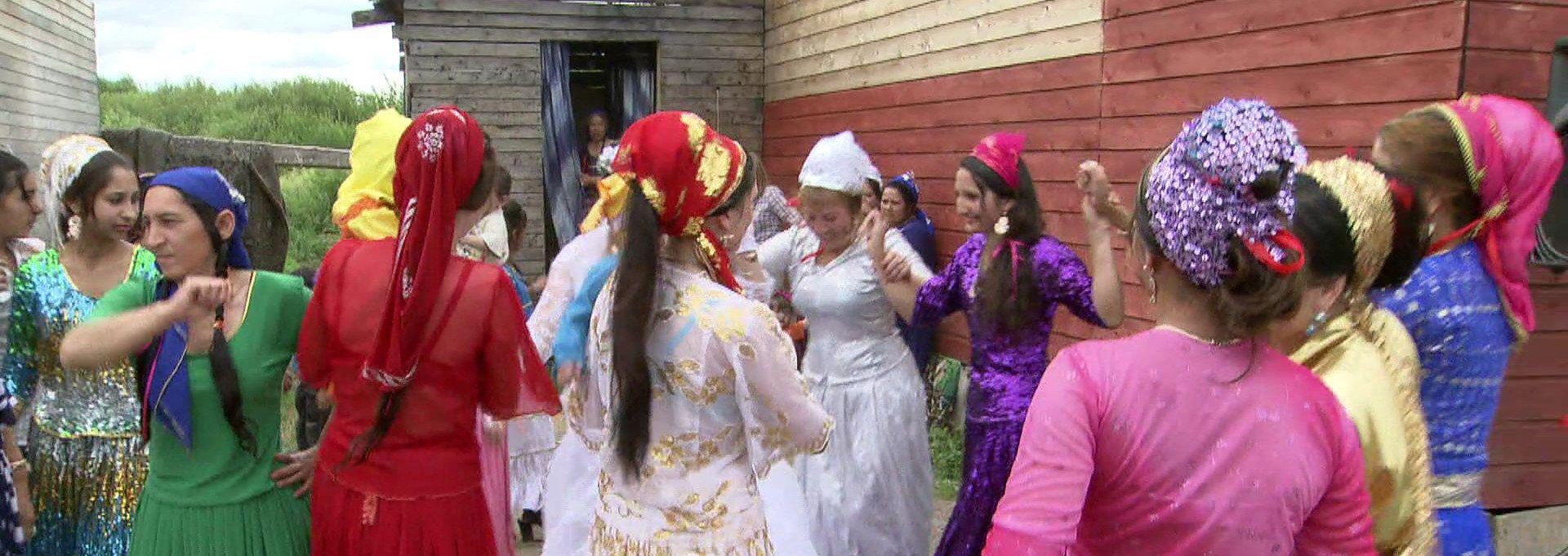
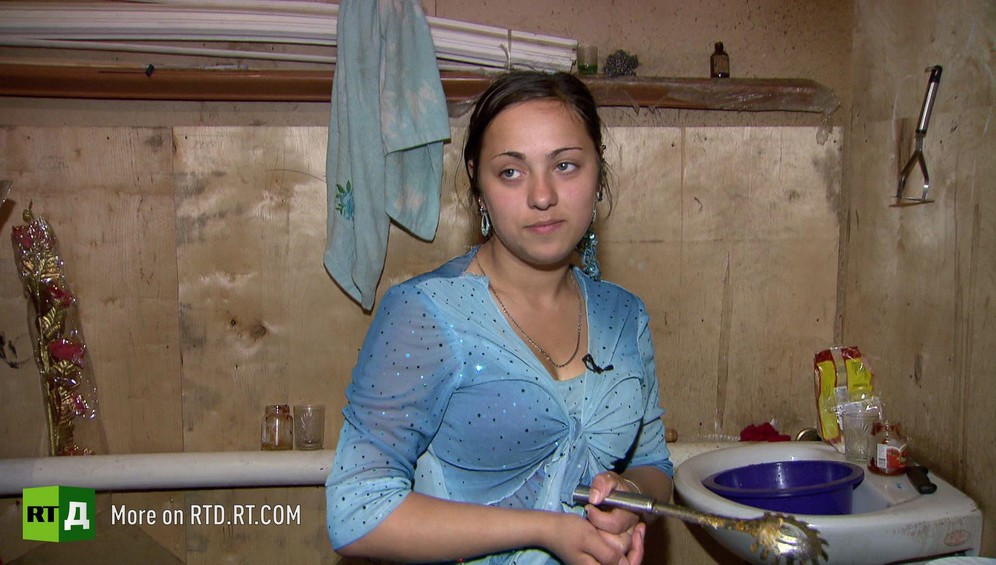
" When they found a husband for me, I didn't like him – but it made no difference because they [the parents] had already made their choice. These are our customs – if you don’t like your future spouse, there’s nothing you can do about it. You’ll learn to like him later." Young Cassandra tells her story and smiles while washing the dishes. Since their wedding a year ago, the teenager has been living with her husband Yasha, now twelve, and her in-laws in a small settlement inhabited by Kalderash Gypsies.
They have roamed the streets of Russia for more than a century, preserving their distinctiveness despite living cheek-by-jowl with Russians. Although their songs and dances are now largely forgotten, one Kalderash tradition is still going strong: the underage wedding. Even in the 21st century, the Kalderash tie the knot at a very young age. Boys are married when they are ten to twelve, whereas the girls are a bit older, having reached fifteen to sixteen.
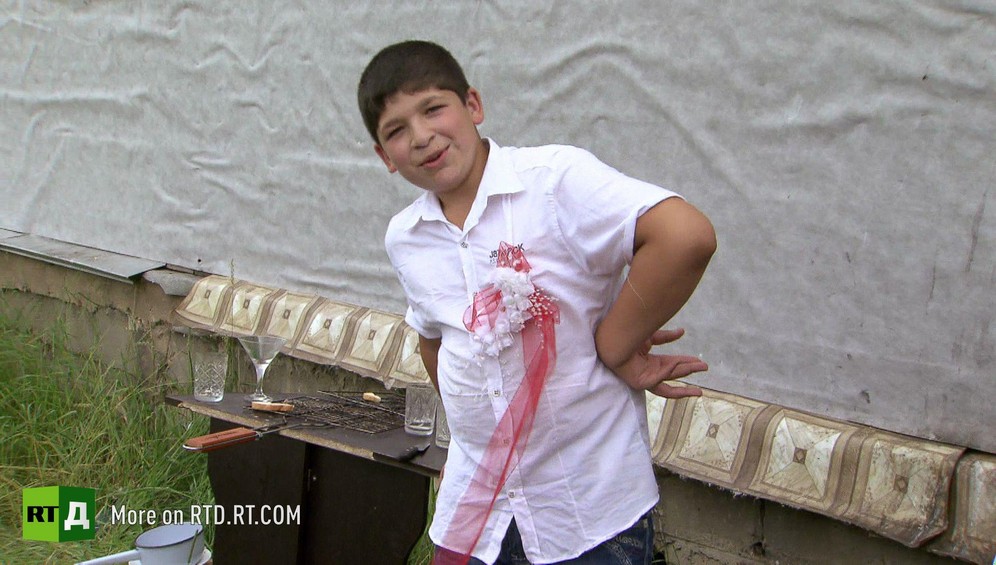
Kalderash Gypsies arrived from Romania at the end of the nineteenth century. Their name is derived from the Romanian word for cauldron since they were famous for making and selling pots. The Kalderash should not be confused with so-called Russian Gypsies, who have lived in Russia for centuries and have their own culture. The Kalderash speak a Gypsy dialect with elements of Romanian and Russian, although they are also fluent in Russian.
Kalderash marriages are arranged. It's up to the parents to choose who their children will marry, and the newlyweds may barely be acquainted. It's conventional Kalderash wisdom that the young couple will eventually learn to like each other. A hefty dowry is paid for the bride, in gold coins worth several thousand dollars. In the past, the groom’s family had to give the bride ten years’ worth of dresses, but nowadays girls prefer to get bolts of cloth so that they can follow fashion.
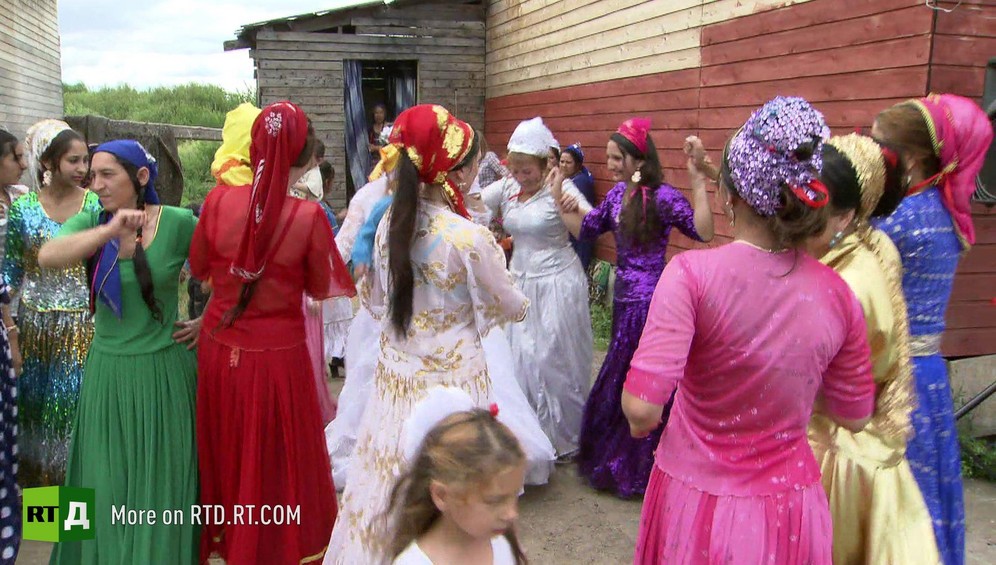
During the Gypsy wedding, the bride and the groom don't kiss, dance together or even speak to each other. They'll have a lifetime to get to know each other better. Besides, they're just kids and even after the marriage their relationship will remain platonic for a while.
Her in-laws have paid for the new lady of the house and expect her to be hard-working. Because the traditional Kalderash way of life involves a lot of manual labour, with little assistance from modern technology, this is one of the main criteria for choosing a spouse for one's child.
For the first few years, taking care of the house and her new family will be the young wife's main task. Afterwards, she'll be allowed to start earning money by fortune-telling.
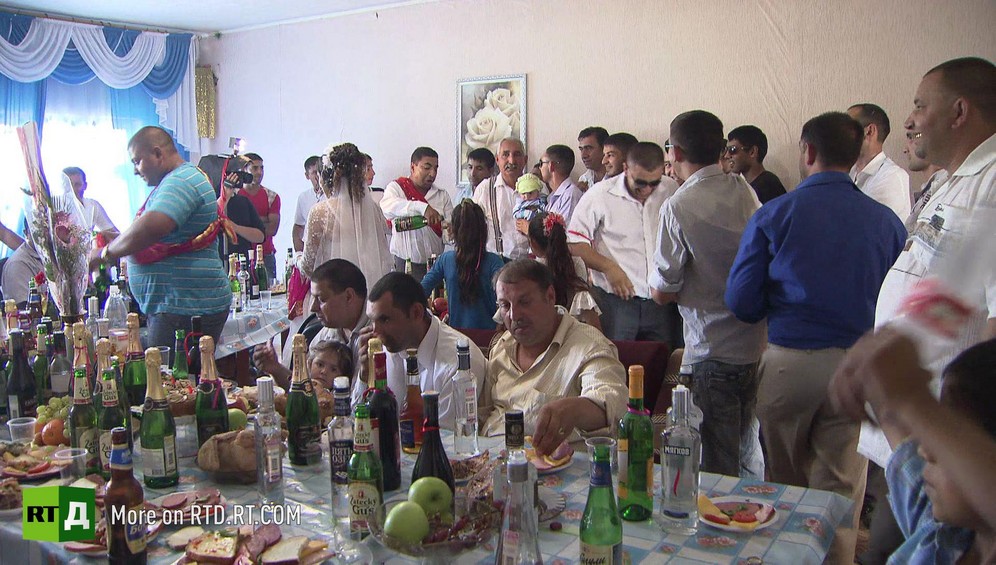
A Gypsy wedding is a big event for the whole community: it's a rite of passage that marks the beginning of responsible adult life and also a way of safeguarding Kalderash traditions. Although it involves marrying total strangers and acquiring many duties at a young age, a wedding remains one of the most eagerly-anticipated events in the life of a Kalderash person.
Attend a Kalderash Gypsy wedding and learn more about their way of life with Romany Romance: